If you are keen to take your knowledge further as a deck crew member, you may need to ask yourself if you know your clouds. The formation of clouds is influenced by the presence or absence of moisture in the atmosphere, condensation of water vapour, and air movement, all of which are studied in atmospheric physics and meteorology. However, you don’t have to be a scientist to know your clouds.
To understand weather and navigation, the first thing you need is some basic knowledge, like the 10 main kinds of clouds…
1 – Cirrus
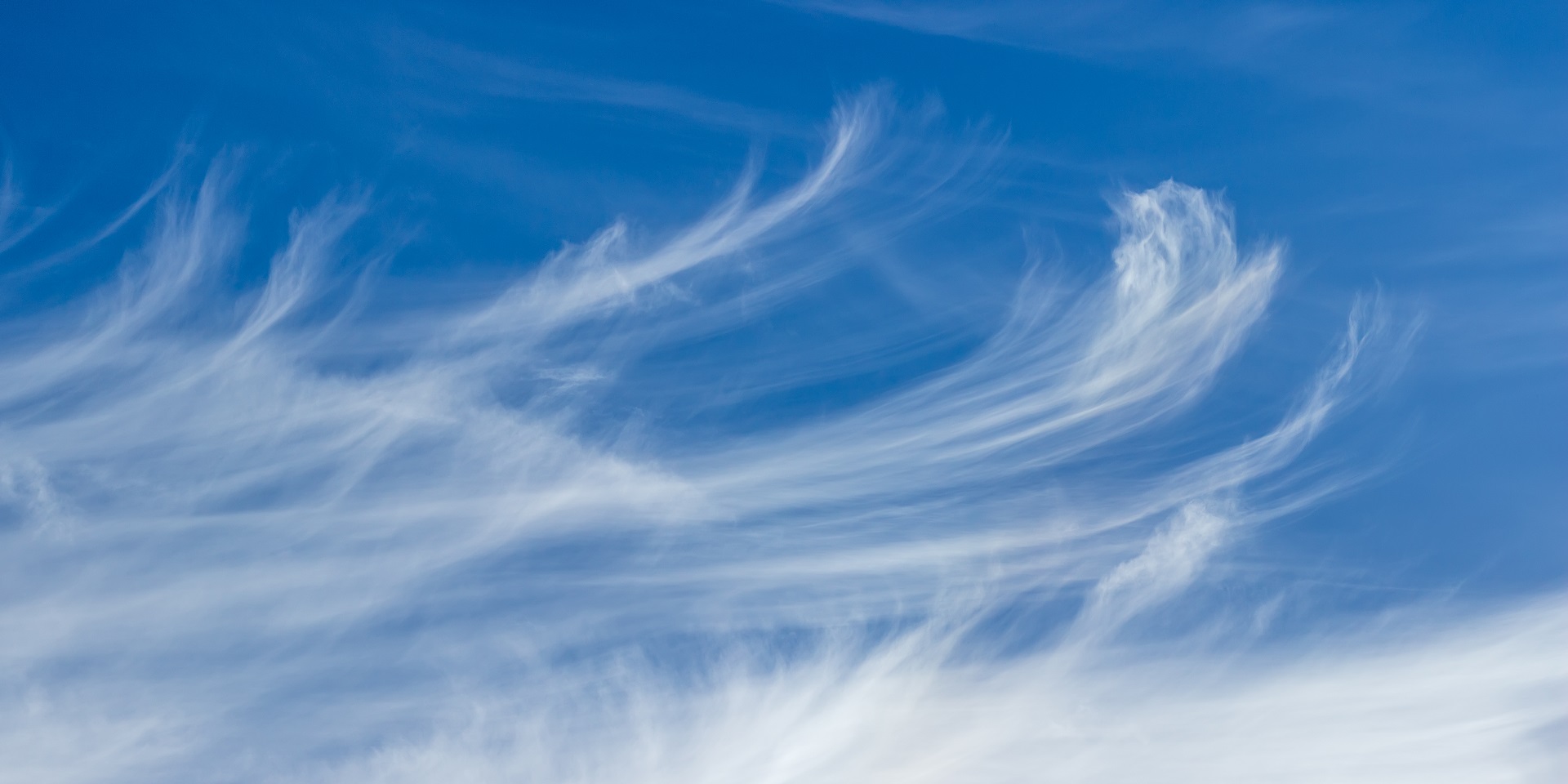
These kinds of clouds are wispy, and feathery and look like curls of hair (from the Latin word cirrus, which means ‘curling lock of hair’). There are usually narrow bands or patches in the sky that don’t cast shadows.
Cirrus clouds do not usually bring precipitation with them. As long as the Cirrus remains sparse, the current weather is likely to remain stable. If the Cirrus clouds start to thicken, the weather is likely to worsen.
2 – Cirrocumulus
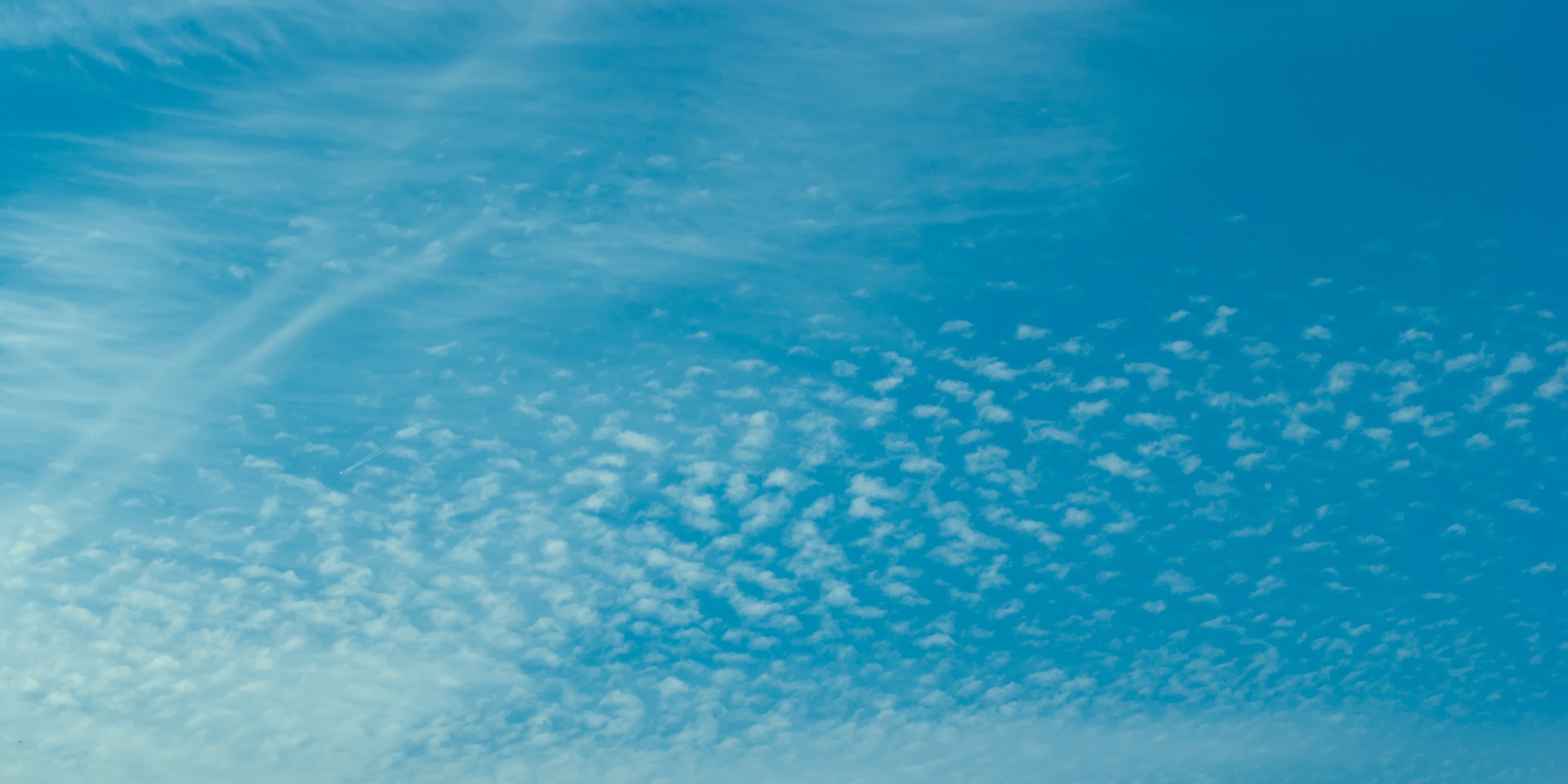
These clouds resemble cirrus clouds, but unlike the thin long wisps, they take the form of small regular patches or ribbed strips, they also cast no shadow.
These clouds may form in completely clear skies, this usually means that something is developing in the atmosphere and you need to prepare for a change in the weather.
3 – Cirrostratus
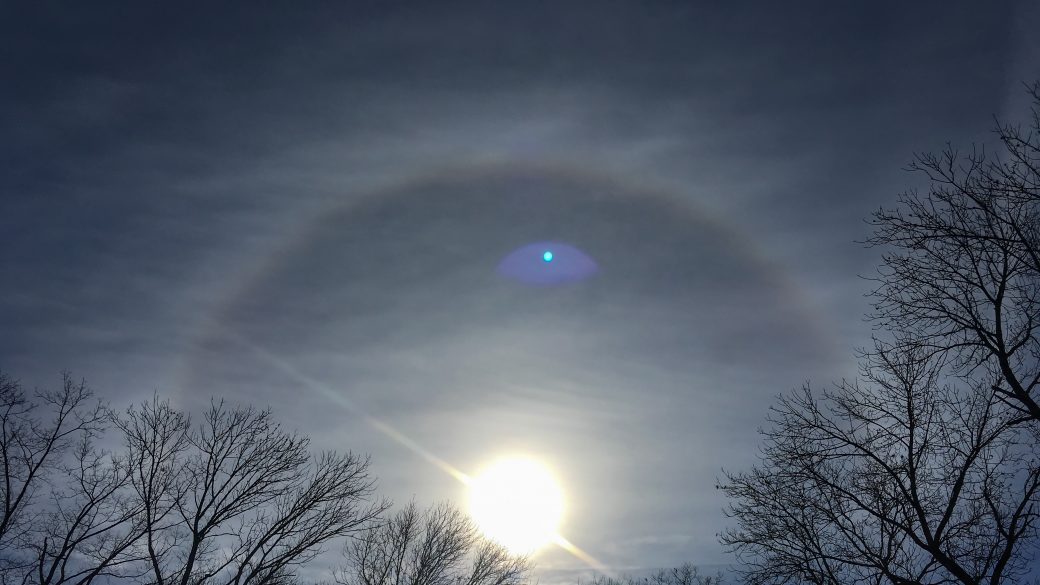
These clouds are categorised by a white transparent layer, that lacks definition and makes the sky appear slightly hazy. These clouds often cover the entire sky and create a beautiful ‘halo effect’.
Although beautiful, Cirrostratus clouds usually come before a large cloud cover that points to worsening weather. If the sky appears relatively clear but there is still the halo effect, you should prepare for deteriorating weather conditions.
4 – Altocumulus

These clouds display patterns that resemble fish scales, and are sometimes termed ‘mackerel sky’.
Altocumulus clouds are generally associated with a dry warm wind, sometimes referred to as “hairdryer winds”. You should be prepared for fairly strong gusts of wind if you see these clouds whilst sailing.
5 – Altostratus
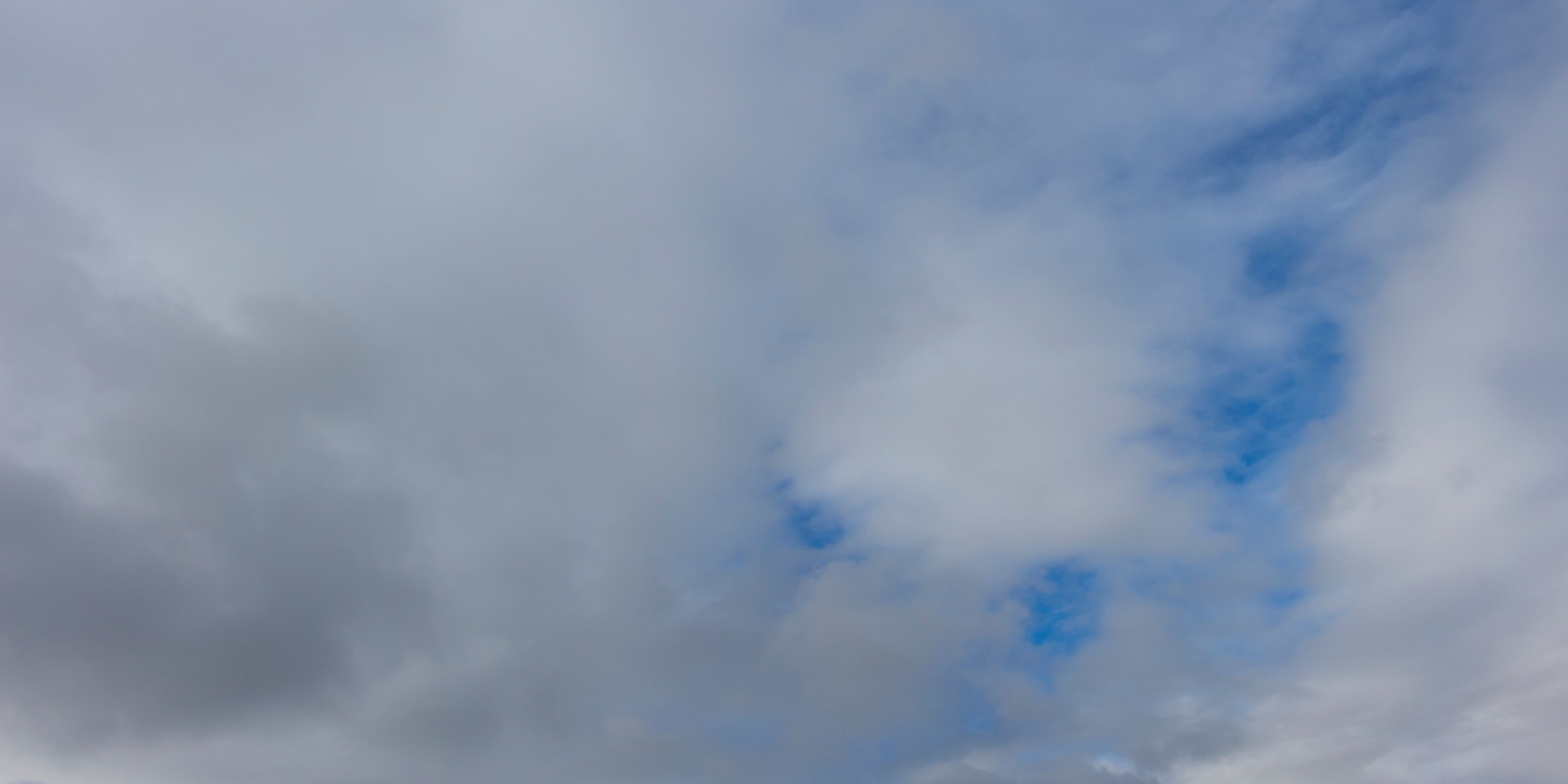
Altostratus sometimes looks less like a cloud and more like a grey or blue tinged sheet across the sky. This cloud may mean that rain or snow is coming. Altostratus clouds form when large amounts of warm and moist air rise, causing water vapour to condense.
If the cloud is unchanging, you can expect stable weather. Wind direction can be gauged from any streaking that appears, as it is caused by the wind currents.
6 – Cumulus
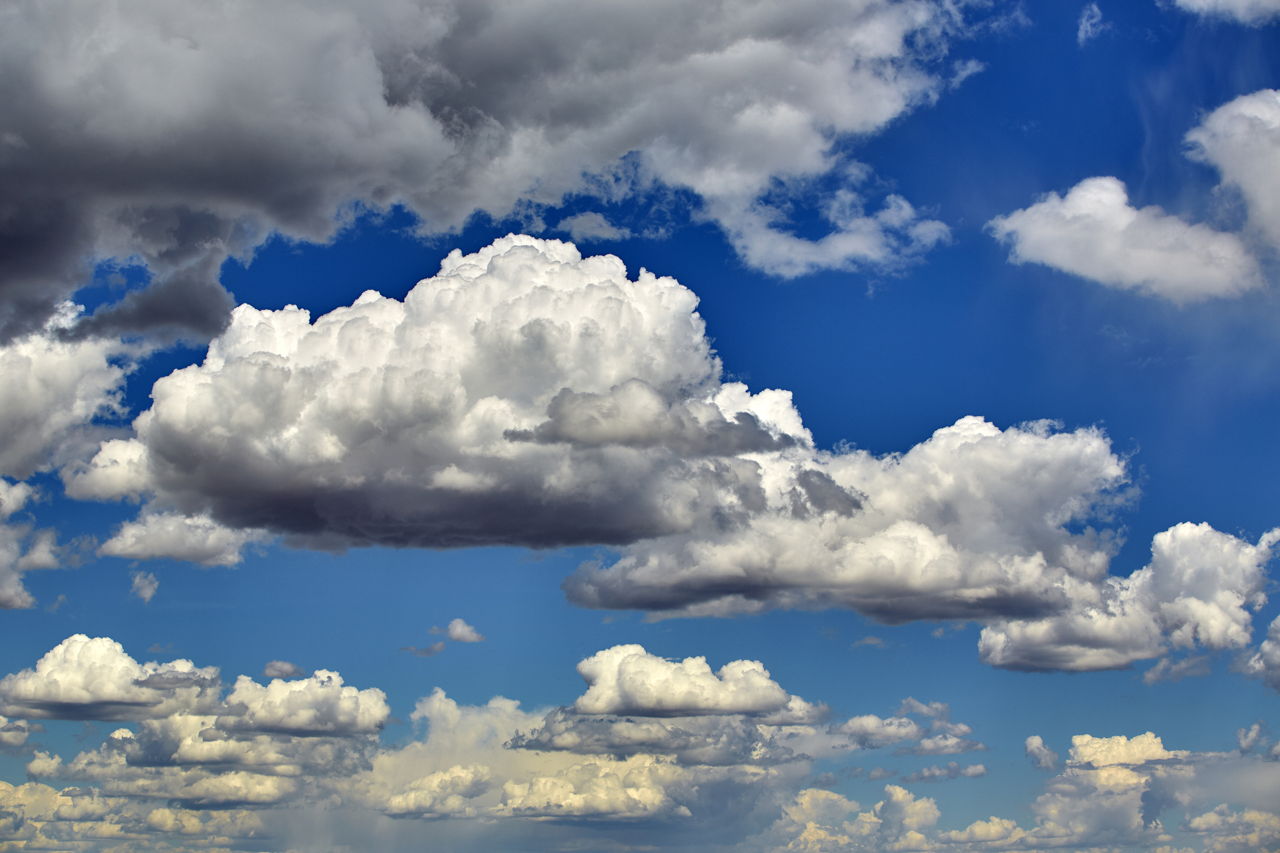
An easy to spot cloud, they usually have a flat base and a ‘cauliflower’ shape at the top, they are usually a sign of calm sailing. These clouds typically point toward stable and sunny weather and there is usually no risk of precipitation or major wind changes when they are present.
You should however take note when the cumulus begins to grow, ‘Cumulus Congestus’ signals approaching precipitation and ‘Cumulonimbus’ typically indicates that there is a thunderstorm approaching
7 – Stratocumulus
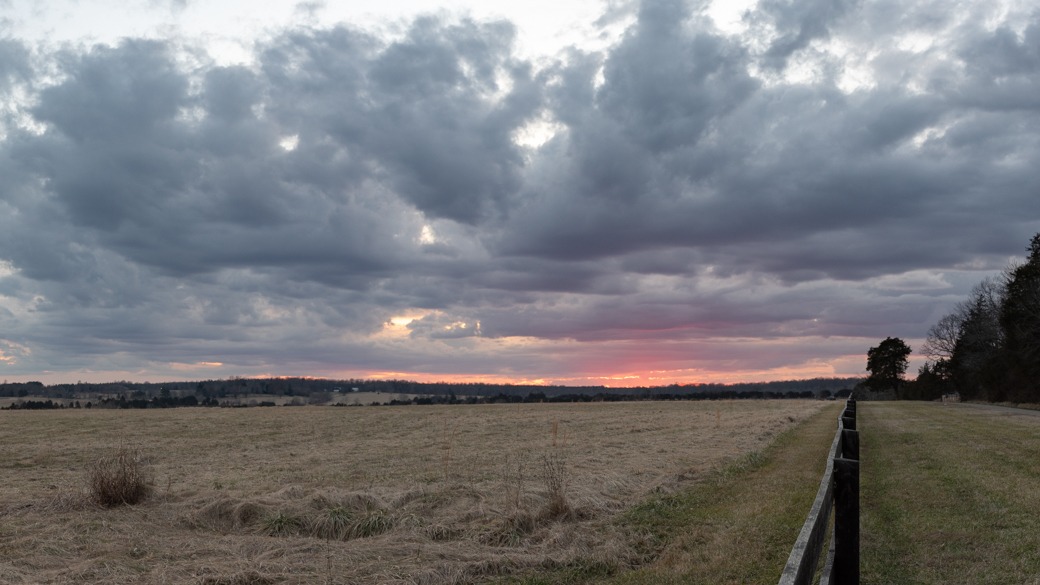
Stratocumulus are sometimes mistaken for Cumulus clouds, but are distinguished by their form which resembles more of a boulder-like shape.
If these cloud begin to stretch across the sky, you can expect light precipitation and slight changes in wind strength. This cloud does not usually bring any significant weather changes that you would have to worry about at sea.
8 – Stratus
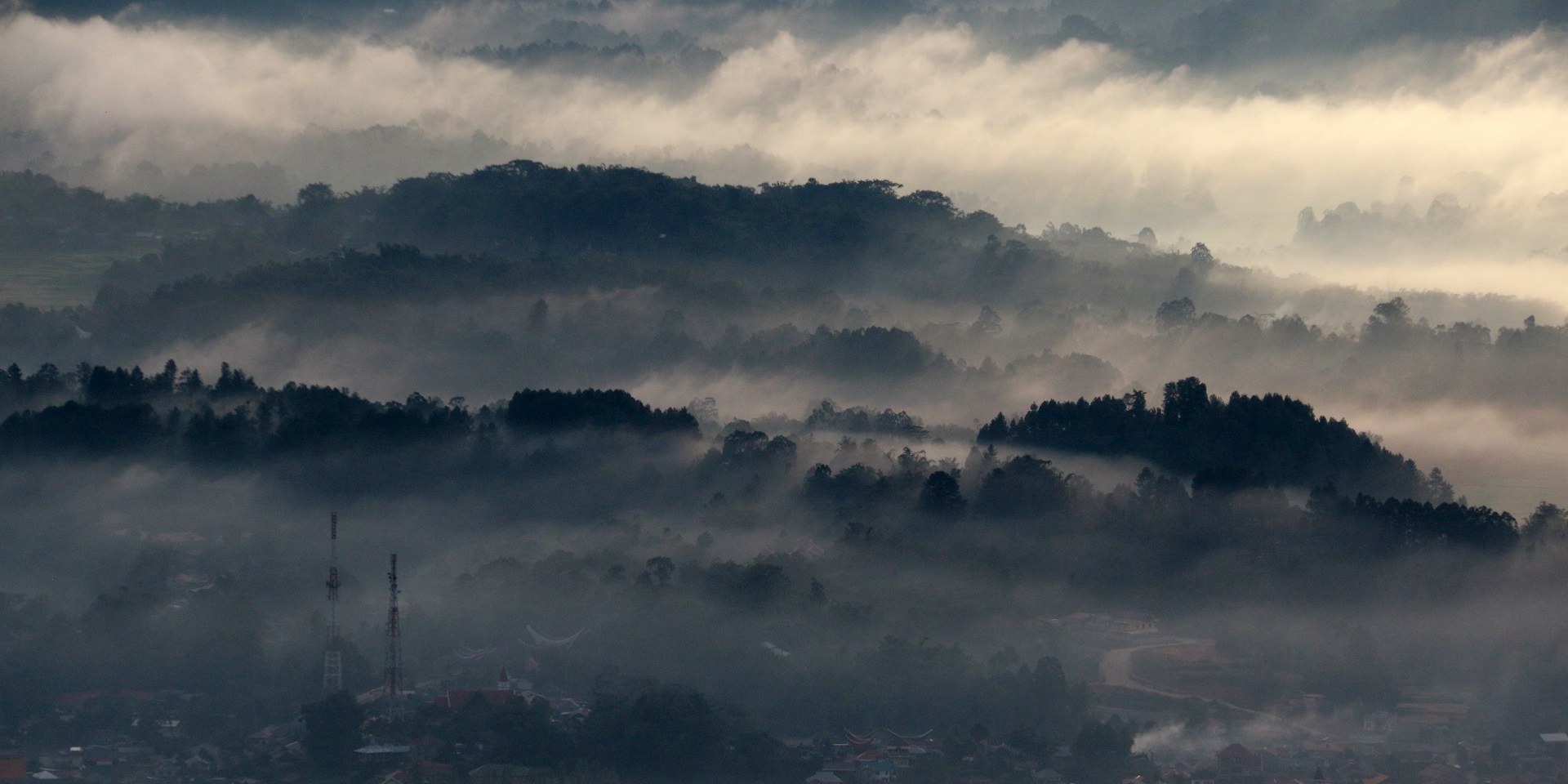
Stratus is characterised as a uniform layer of cloud, they are the lowest laying clouds and usually appear like fog. These clouds bring with them a light drizzle or light layer of snow.
Stratus is usually more common on land, coastlines and mountains. When these clouds appear when in port you should postpone your trip until the afternoon when the clouds usually lift.
9 – Cumulonimbus
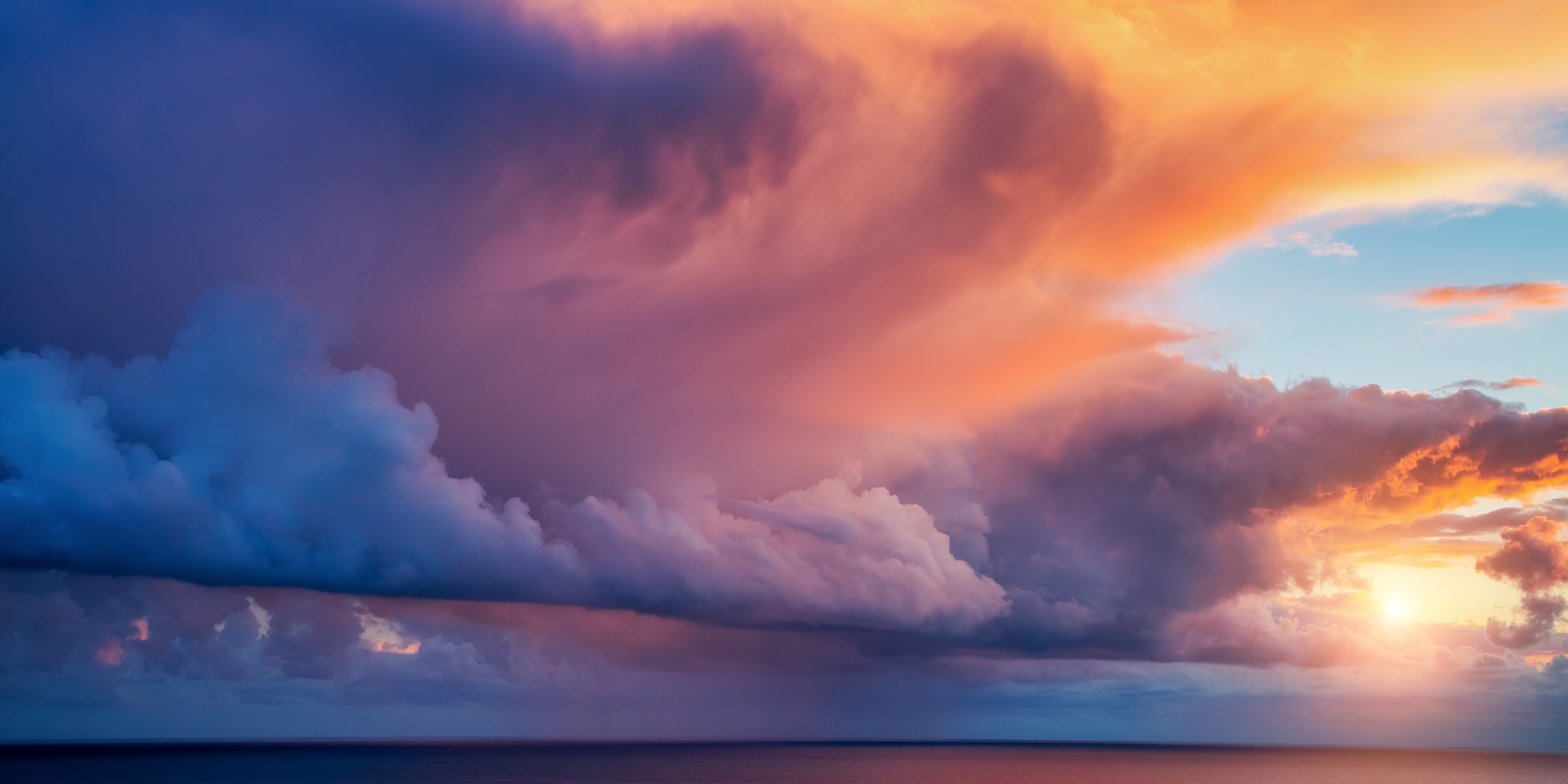
These clouds are responsible for stormy weather. The Latin cumulus means ‘heap’ and nimbus means ‘rain cloud’. Encountering these clouds while out on the open sea will not be a pleasant experience as they are usually followed by hazardous weather.
10 – Nimbostratus
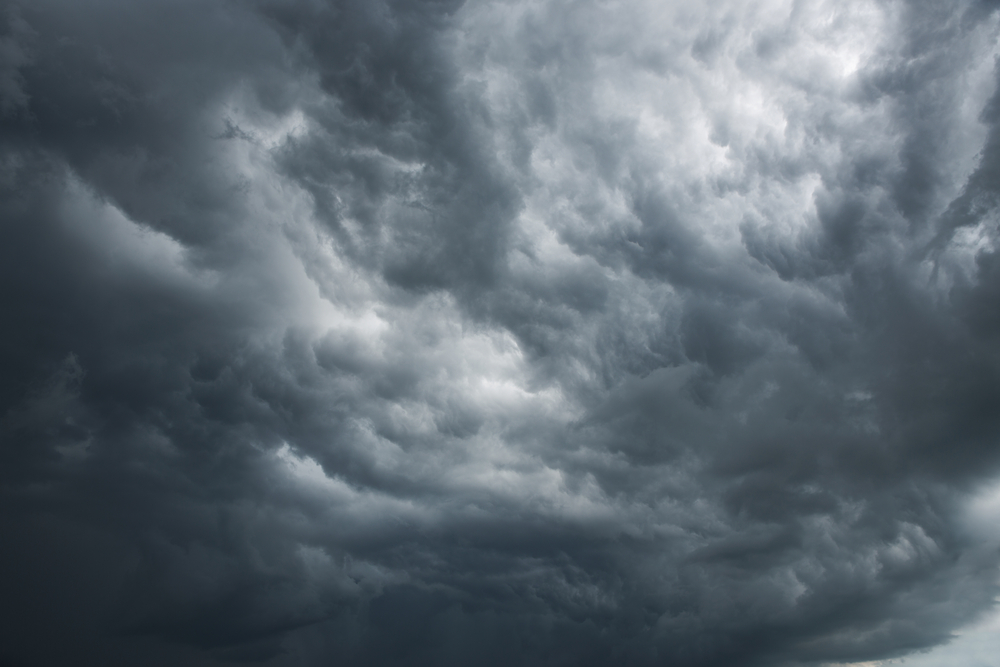
Nimbostratus are dark and thick rolls of cloud. These clouds are heavy with moisture and usually bring continuous intense rain or snow that typically lasts all day. When sailing in these conditions, it’s important to be aware of distress signals and have the necessary equipment on board so that you can use them if you need to.
Read more of our Superyacht Content Deck articles here.

.gif)






.gif)










